Outside of a few recklessly mistreated pets, animals tend to have the amount of fat they need, to serve a purpose. Some use it to stay warm and others use it to stay afloat.
Some actually look a lot fatter than they are for some other reason, and though chubby, are actually quite lean at the same time.
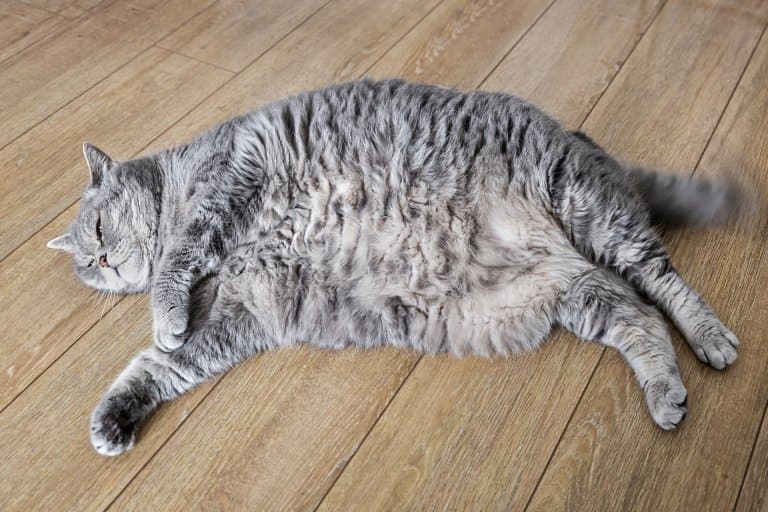
To explore this, we’ve selected ten of the fattest or chubbiest animals for comparison, to see why they’re so rotund, and what’s causing it.
10. Black Rain Frog
This might be the chubbiest frog to look at, despite being one of the smallest.
But its chub doesn’t come from an excess of fatty tissue, instead this is a small, spherical blob of muscle with an attitude to match. They have the ability to inflate themselves with air, to make their appearance larger to predators.
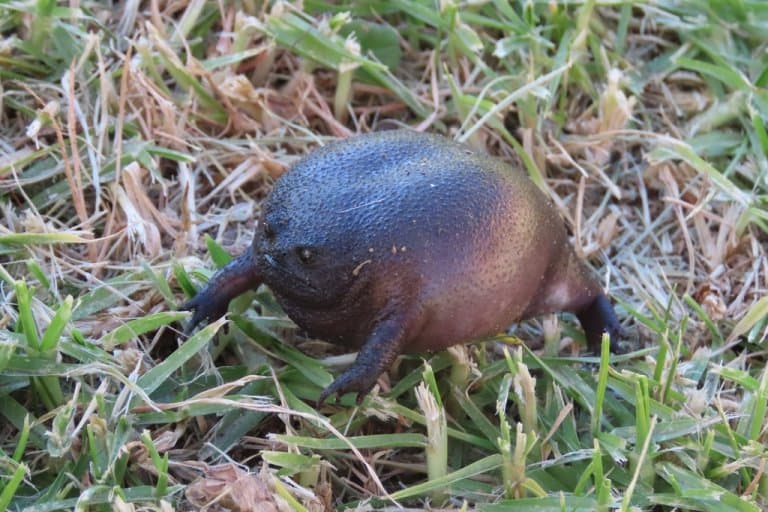
It has a high protein diet of termites and bugs, helping this little dude pack on the muscle which is used for digging into the earth and screaming at people who try to pick it up. 1
9. Hippo
Here’s another animal who’s commonly misrepresented as fat. Living in the tropics, hippos have little need for blubber, so that chubby mass you see charging at you furiously is – perhaps not very reassuringly – all muscle.
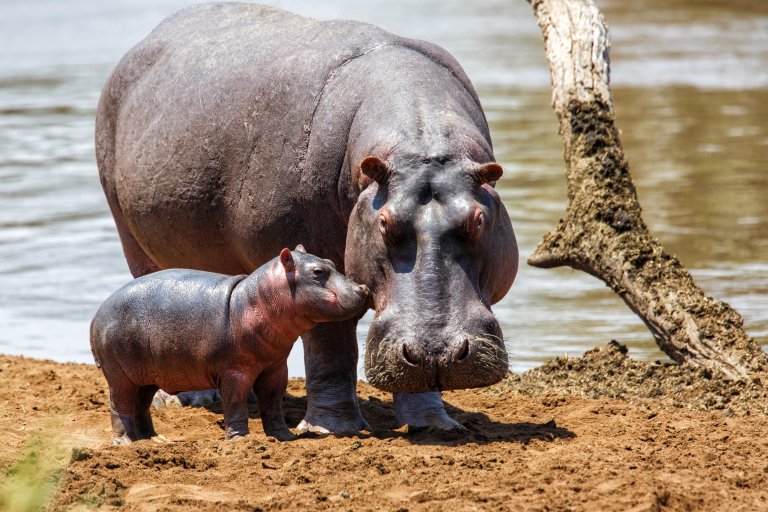
They do have 6cm-thick skin, though, which is one of the ways they can swim about in their own poo without getting terrible blood infections.
These animals are immensely strong, sweat blood, and can run through water. It’s better not to call them fat if they can hear you.
8. Actaeon Beetle
The heaviest beetle larvae in the world belongs to this beetle, the Actaeon. At over 200 grams, this little fatty has done a great job of plumping up in preparation for its metamorphosis.
Its adult form might live only one hundred days, but it will spend three years getting to that point, munching through wood hummus and plant cores, growing to epic proportions, and pulsing unsettlingly all the while.
To put it into perspective, this larva weighs about as much as a Syrian hamster. 2
7. Walrus
Finally, a real fatty! The walrus supports its 2-ton mass with a healthy proportion of insulating, subcutaneous fat called blubber. Init.
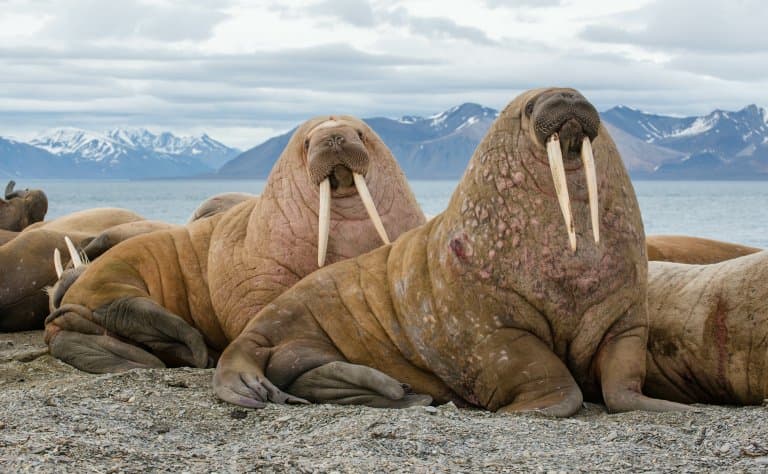
This fatty layer comprises around a fifth of its weight and is essential for surviving in the harshest conditions on Earth. These giant pinnipeds live in the Arctic, where they not only have to face other grumpy, tusked fatsos, but are plagued by hungry polar bears, too.
So, having a thick, protective layer of fat helps on all fronts. Juiun.
6. Manatee
Blubber is common among marine mammals, but not universal. One of the fattest-looking of the lot has none at all. Like the hippo, manatees are just hench, and their cylindrical shape doesn’t do them any favours.

The lack of blubber confines them to warm waters, and these are actually very sensitive animals who begin to get sick if the temperature drops too low. So, they stay in shallows where there’s plenty of grass and hang out around thermal springs where it’s nice and warm.
5. Babies (Human!)
For most mammals, a fat percentage of around 2-3% is a great start. Our closest relatives, the chimps, hit around 3%, and most other mammals follow suit.
Late in the final trimester, human infants pack on up to 500 grams of additional fat, accounting for around 90% of total weight gain in the final weeks of gestation, and 15% of their bodyweight at birth.

Human babies have more fat on them than any other mammal excluding one species of seal. This fat is situated under the skin, like blubber, and humans accumulate fat here more than between the organs, relative to other mammals.
Of course, as they age, babies are supposed to lose this fat and stay within a healthy 10-20% bodyfat, but even in adulthood there are some real corkers. Jim Browner Minoch, perhaps the fattest man on record, had around 80% bodyfat at his peak, more than any other animal on this list.
Late in the final trimester, human infants accumulate up to 500 grams of additional fat, accounting for around 90% of total weight gain in the final weeks of gestation
4. Guineapig
A rare example of an mammal born with as much fat as a human baby is the Cavia genus, or guinea pigs. These cute little rodents are born with 14% bodyfat, accumulating this unusual mass in utero, just like humans do.
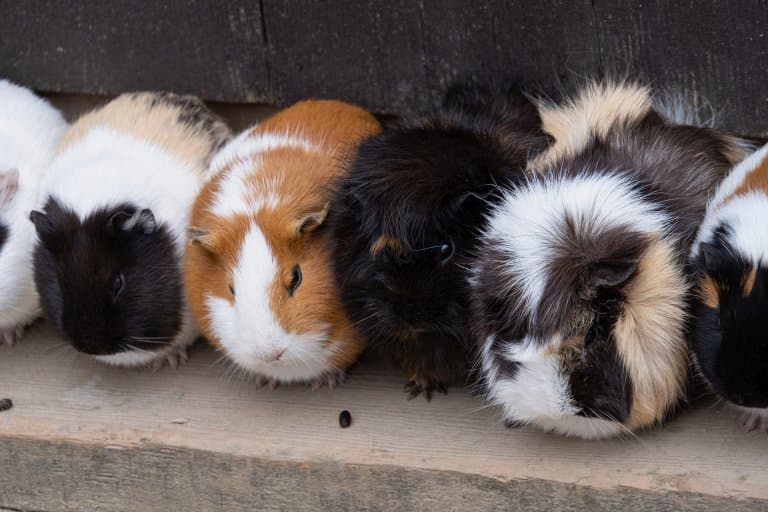
This has led to researchers designing hypotheses to test the effects of maternal nutrition and its long-term effects on offspring.
Unlike humans, guineapig body fat tends to decrease with age to an appropriate level, but for a brief moment, they’re one of the fattest mammals on earth! 3
3. Elephant Seal
One animal that’s supposed to be 40% blubber is the elephant seal, an animal whose enormous girth has led to It being unfairly compared to an elephant – an animal with very little body fat.

Southern elephant seals can stay underwater for up to two hours because of this special fat collection, and unlike the huma baby, they’re not born with it. Babies come out lean and covered in dark fur, and have to increase their fat from the mother’s milk.
Like the whales, elephant seals rely on their blubber to get them through breeding seasons without food.
2. Blue Whale
Blue whales have exceptional physiology. Being huge isn’t just a lot of fun, it’s also a complicated adaptation and requires certain adaptations to maintain. One of these is the accumulation of fat.
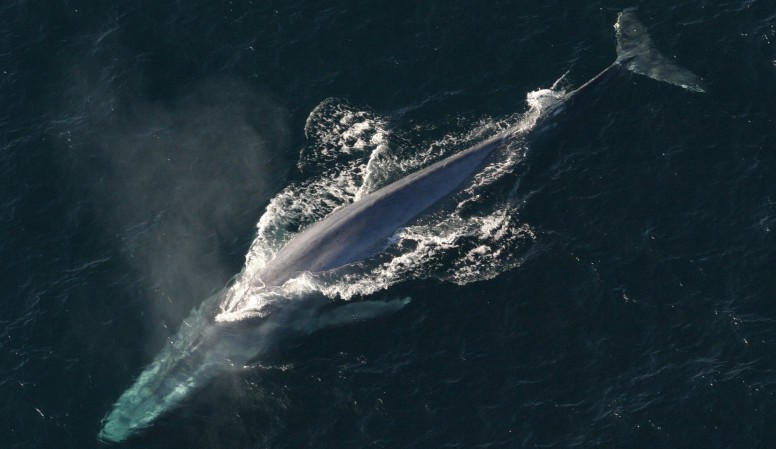
Blue whales fatten up in the summer, some gaining 50% of their weight in blubber. Then, they fast. After feeding, they migrate to breeding grounds, during which time they barely eat at all, relying entirely on their blubber stores for energy.
But it also provides a buoyancy aid, helping the enormous animal swim long distances without needing to worry about sinking.
1. Army Cutworm
The fattest animal known to science isn’t anything like the above animals. Instead, it’s an immature form of a small moth called the ‘miller moth’, from North America.
This insect is one of the richest sources of food for countless predators, including bears, who make use of the incredible 72% fat content it contains.
This is more calorie dense than elk or deer meat, and is the highest fat content of any animal (outside of a few exceptional Americans), that’s known. 4
Final Thoughts
If an animal consumes more calories than it expends, especially in mammals, the excess may be stored as fat.
Excessive fat is generally a bad thing in humans, but in a lot of animals who are designed for it, it’s an essential tool, either to stay warm or to protect against tusks or gravity.
Many marine animals have subcutaneous fat, called blubber, which is particularly insulating, others simply look fat, but are just ridiculously muscular.
Some have fat to begin with and lose it, many are born without it and have to race to gain weight before the Winter comes. Many species that traverse a season of low resources rely on fat stores to get through, and survive!
Fact Sources & References
- Dr Mark D. Scherz (2019), “Why are rain frogs so round? What’s ‘inside’ of them around such an itty bitty skeleton?“, The Travelling Taxonomist.
- Emily Osterloff, “How big can beetles get?“, The Natural History Museum.
- Castañeda-Gutiérrez Eurídice, Pouteau Etienne, Pescia Gregory, Moulin Julie, Aprikian Olivier, Macé Katherine (2011), “The guinea pig as a model for metabolic programming of adiposity“, Science Direct.
- Montana Natural Heritage Program, “Army Cutworm – Euxoa auxiliaris“, FieldGuide.mt.gov.
